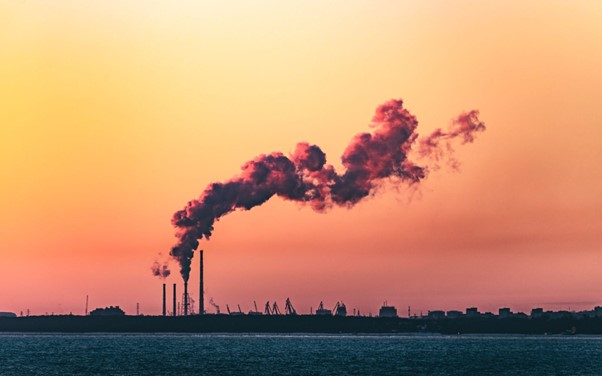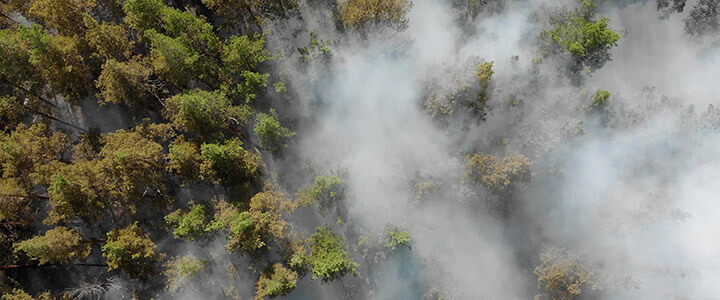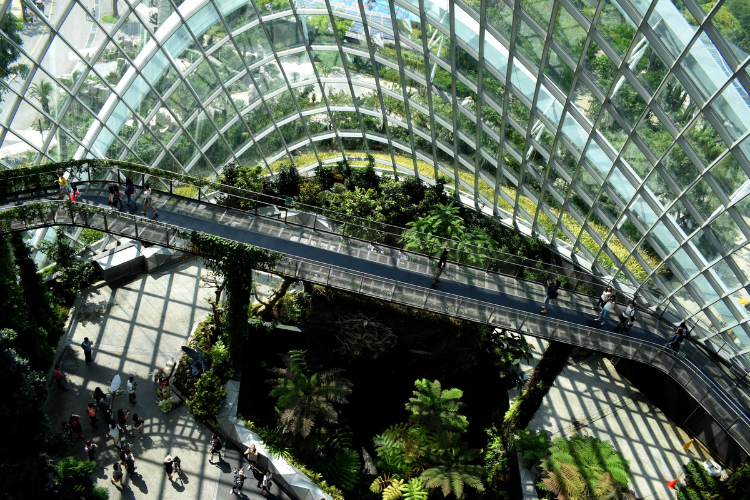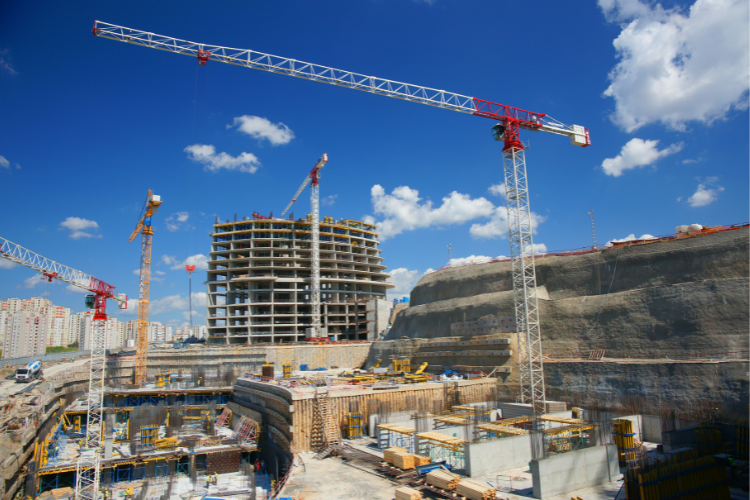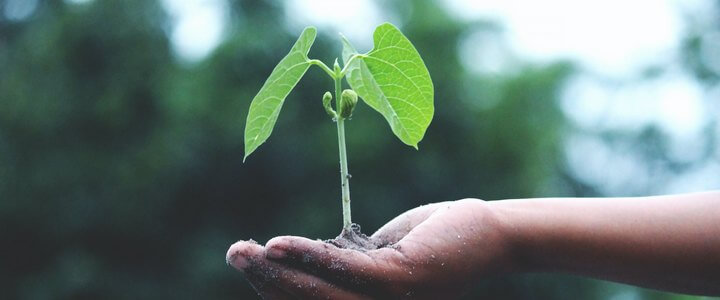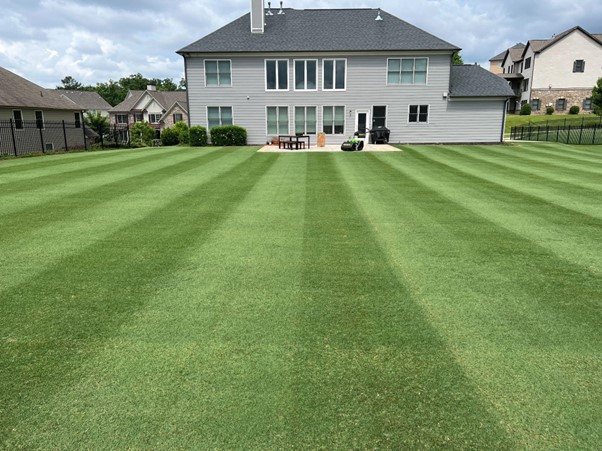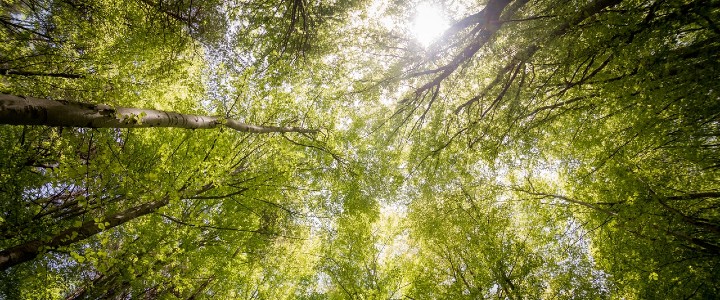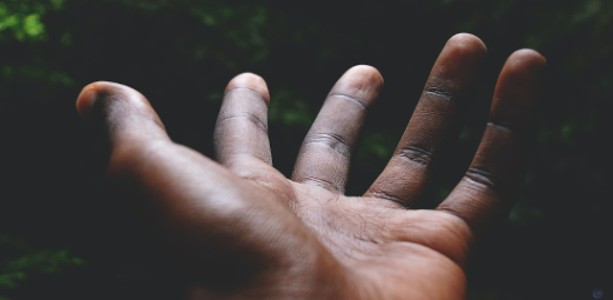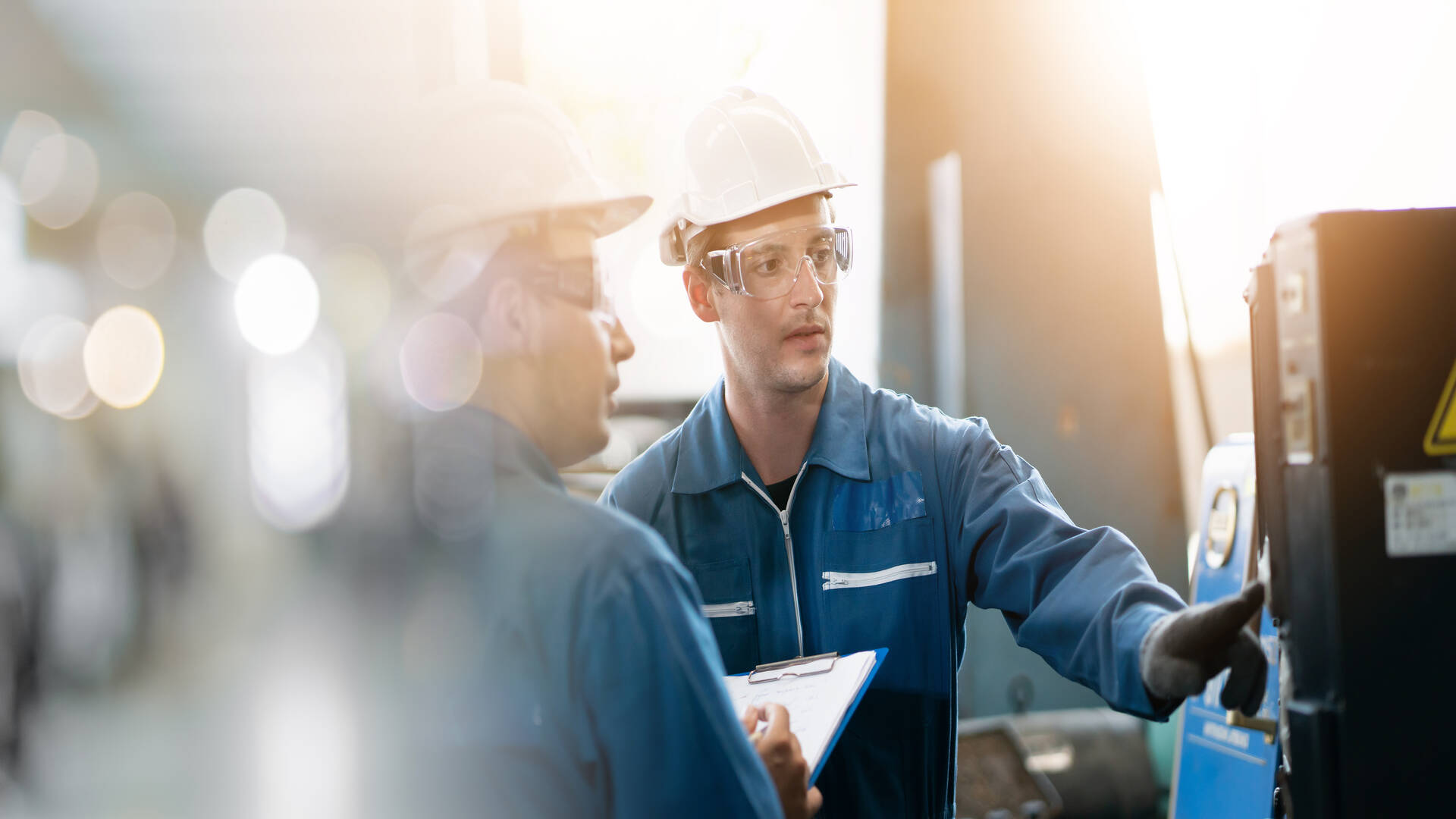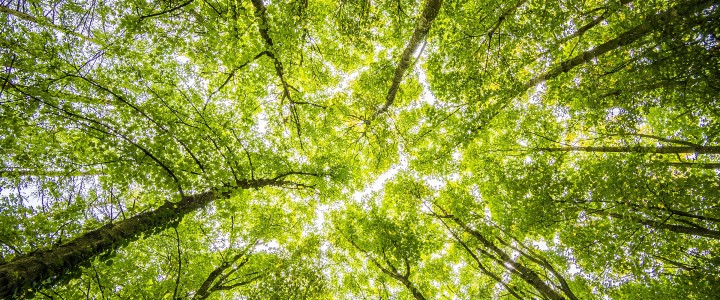What Natural Disasters Due to Climate Change Will Mean for People
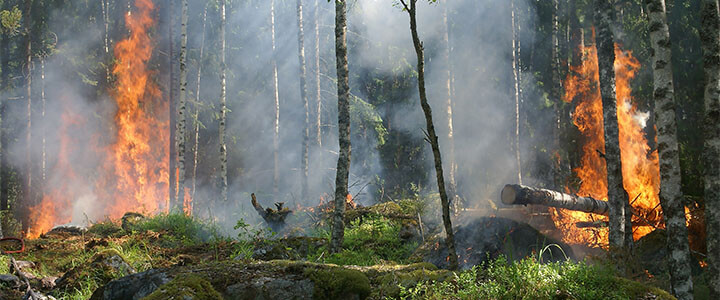
As climate change is worsening, so is the frequency and severity of natural disasters and extreme weather. As the global surface temperatures rise, droughts become more likely, and the extra water vapour in the atmosphere can act as fuel that makes storms more powerful.
Increased temperatures in the atmosphere, along with warmer temperatures on the ocean’s surface, can cause increased wind speeds during tropical storms. As sea levels rise, flooding occurs and higher areas become exposed to the erosive forces of the water.
Today, scientists in a field called attribution science can even use improved computing and statistics to attribute specific extreme weather events to climate change.
Read also: 5 Biggest Wildfires in Canada and USA
During 2018, the United States alone suffered 14 billion-dollar disasters including eight severe storms, two tropical cyclones, two winter storms, wildfire and drought. The last three years have all been historic. The annual average number of billion-dollar events in 2016, 2017 and 2018 were all more than double the long-term average.
Let’s take a look at how these disasters are affecting people.
Threat to Safety
These events, of course, represent a direct threat to people’s safety. Thousands of people died in natural disasters last year, and many more were injured and displaced.
In September, an earthquake and tsunami struck Indonesia, killing at least 1,900 people. When Super Typhoon Mangkhut landed in the Philippines and China, it caused over 60 deaths, many of which occurred because of landslides caused by the rain. A week after Hurricane Michael hit, 34 people had died, and many more were missing. Hurricane Maria, which struck Puerto Rico, had a death toll of nearly 3,000.
Threat to Health
Natural disasters can also impact access to food, healthcare and other necessities. A major flood, drought or storm may destroy significant amounts of a nation’s food source as well as important food production facilities.
According to a study of disasters that occurred between 2003 and 2013, about 25% of the economic damage caused by the events occurred in the crop, livestock, fishery and forestry sectors. For droughts, 80% of the damage impacted the agriculture sector.
After a natural disaster, a significant amount of people are displaced and health and medical infrastructure, clean water and shelter may not be available for an extended period. This can lead to faster generation and transmission of infection and disease that may result in a public health emergency.
Threat to Shelter and Livelihood
Natural disasters such as storms, floods and wildfires destroy people’s homes, places of work, infrastructure and other important structures. In 2018, wildfires burned more than 1.8 million acres in California, according to the annual Wildland Fire Summary. The fires destroyed 17,133 residences, 703 commercial/mixed residential structures and 5,811 minor structures in the state.
Losing their homes can put people in dangerous situations and also impact them financially and emotionally. If someone is out of work because of a natural disaster, it may take them a significant amount of time before they can start earning money again, prolonging the impacts of the disaster.
Threat to Economy
The economic damage caused by natural disasters in 2018 was extensive. According to a report from Munich RE, the global economic impact of natural disasters last year was $160 billion, half of which was insured.
It may take some time for a business to recover after a natural disaster, and some may not be able to. Some individuals may also lose their jobs as a result of damage to their place of work or company. Individuals and families also have to deal with the costs of evacuating their homes, fixing their homes and rebuying damaged items. This can cause long-lasting economic hardships for families.
Resilience and Prevention
To address the issue of natural disasters and climate change, we need to focus on both prevention and adaption. Prevention is the long-term strategy. We need to reduce our greenhouse gas emissions to slow climate change and reduce its impacts.
However, even if we stopped all emissions now, it would take some time for the climate to stop changing. We also need to focus on building up our climate resilience so that we’re better prepared for the impacts that occur, including natural disasters.
Useful adaption measures include improving drainage and irrigation systems, creating vegetation buffers, enhancing sea defenses, updating building codes and running disaster awareness campaigns. According to a Swiss RE study, these types of measures can reduce expected losses from climate change by as much as two-thirds.
That’s not too say these adaption measures will be easy or cheap to implement. They are, however, crucial to mitigating the worsening impacts of natural disasters, as is reducing our greenhouse gas emissions to prevent climate change itself.
Bio
Emily Folk is a conservation and sustainability freelance writer and blogger. Check out her blog, Conservation Folks, or follow her on Twitter for the latest updates.



